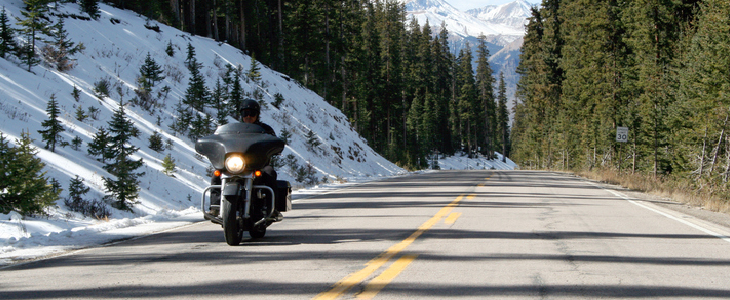If you enjoy the freedom and exhilaration of riding a motorcycle, you already know how dangerous a crash can be. The pavement is unforgiving when a human body lands on it. The best way to increase your chances of living to ride another day is to avoid preventable accidents.
Here are some important motorcycle safety tips that can help you accomplish that vital goal. Of course, not all collisions are preventable. Despite your best efforts, if you get injured in a motorcycle crash, a New Jersey personal injury attorney could help you go after the compensation you deserve for your injuries and other losses.
Make Sure That People in Other Vehicles Can See You
The Motorcycle Safety Foundation (MSF) offers “General Guidelines For Riding A Motorcycle Safely.” Their first tip is that you should be visible when riding a motorcycle. It is not as easy for people in other kinds of vehicles to see a motorcycle as it is for them to notice a car or truck. Be sure to keep that fact in mind. Stay out of the blind spots of other vehicles.
Always have a working headlight and keep it on during daytime and nighttime rides. Have reflective strips or decals on your motorcycle and clothing.
Safety Gear is Essential
A full-face helmet will give you the best protection for your brain, face, and eyes. Some accidents happen because the motorcyclist gets hit by something flying through the air, like a large insect or some debris. Other people on the road are more likely to see a light-colored helmet than a dark one.
Choose your clothing for protection in the event of a crash. For example, a sturdy protective jacket and pants made of leather can help protect you from road rash or things flying through the air. Over the ankle boots are the best footwear. You will always want to wear gloves.
Mental Strategies to Avoid Crashes
The SEE strategy (Search-Evaluate-Execute) is a useful method that allows you to notice, assess, and respond to hazards before they become emergencies. If you constantly use this technique, you can identify and react to road hazards and look for an escape path.
Because so many motorists are distracted or oblivious to people riding motorcycles, your best plan is to ride as if you are invisible, because some people will not see a motorcycle before they crash into it. Do not ride your motorcycle if you are exhausted or if you have consumed drugs or alcohol recently.
Know Your Motorcycle Like the Back of Your Hand
People who consistently do a pre-ride check as recommended by their owner’s manual can find and address possible mechanical problems that could cause a problem while on the road. It never hurts to have professional motorcycle riding training. Refresher courses every few years can also be a smart idea.
Do not overestimate your skill limits. Make sure that you have strong skills for emergency braking and swerving maneuvers before driving in high traffic situations. Also, get training on driving your motorcycle in high wind, on wet roads, during storms, and other adverse conditions. You can talk to a New Jersey personal injury attorney about an injury claim if you got hurt in a motorcycle accident. Get in touch with our office today for a free consultation.

